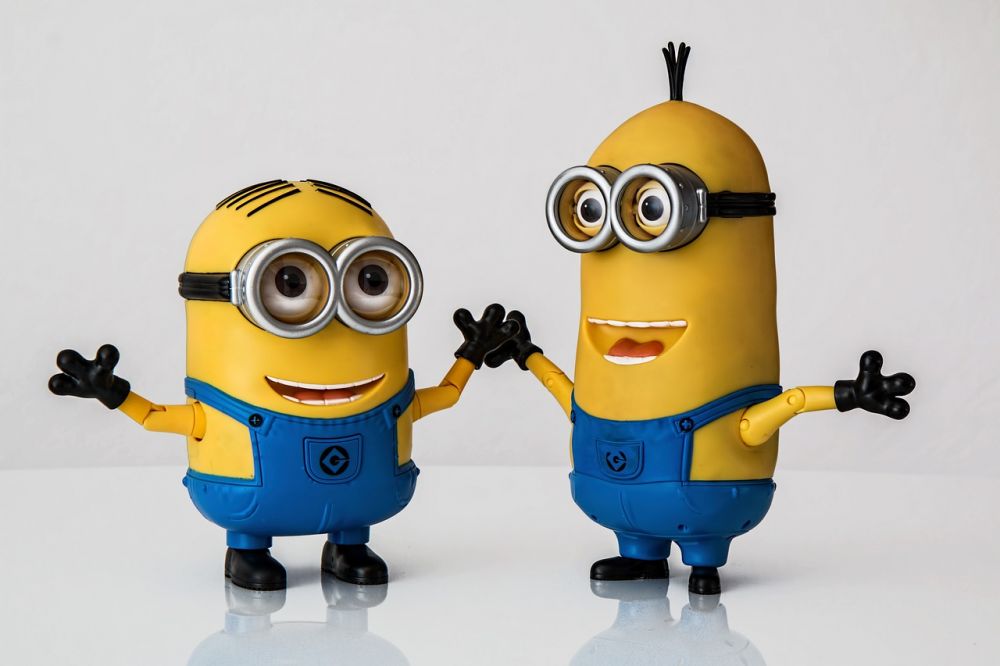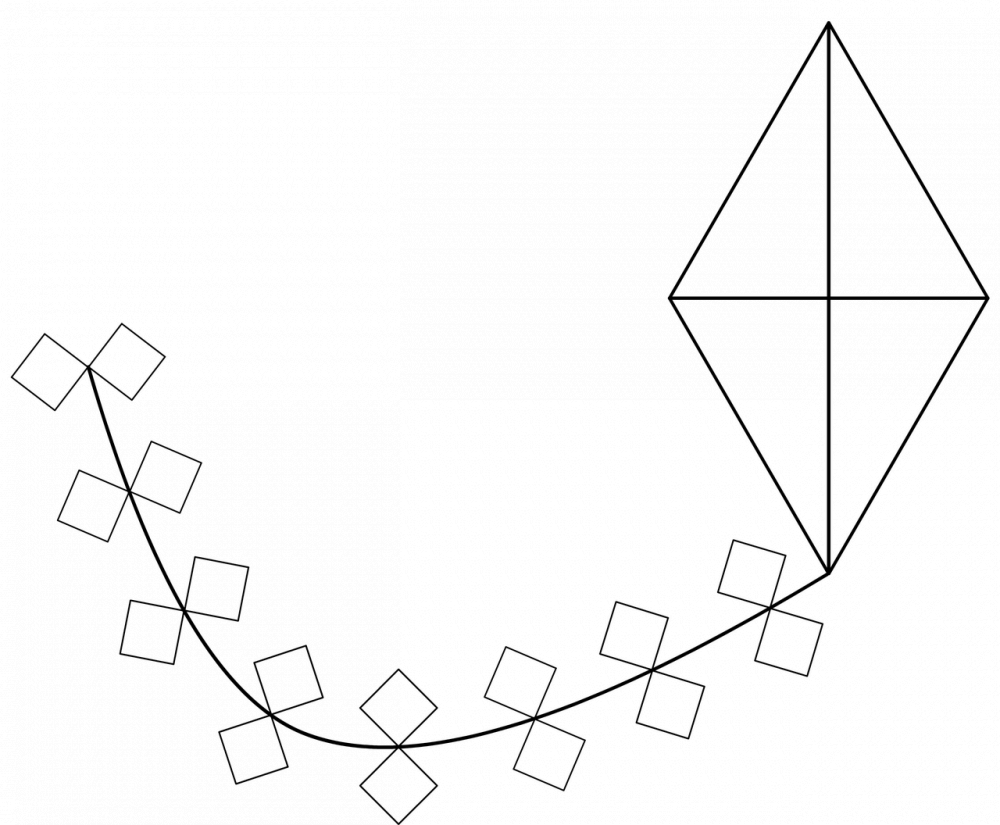ADHD Toys: An In-Depth Analysis

ADHD Toys: Understanding their Significance and Impact on Individuals with ADHD
Introduction:
Attention Deficit Hyperactivity Disorder (ADHD) is a neurodevelopmental disorder characterized by difficulty in sustaining attention, impulsivity, and hyperactivity. For individuals with ADHD, finding ways to alleviate these symptoms and improve focus can be challenging. However, the emergence of ADHD toys has provided a viable solution. In this article, we will delve into the world of ADHD toys, exploring their types, popularity, effectiveness, historical context, and more.
Understanding ADHD Toys – Types and Purpose

ADHD toys are specialized play tools designed to help individuals with ADHD manage their symptoms and improve concentration. These toys offer a sensory experience that promotes calmness and helps redirect attention in a focused, non-disruptive manner. They are available in various forms, catering to different sensory needs and preferences.
1. Fidget Spinners:
Fidget spinners are one of the most popular types of ADHD toys. These small spinning devices are visually engaging and provide a tactile sensation, promoting a sense of calm and focus.
2. Fidget Cubes:
Fidget cubes are handheld devices featuring various buttons, switches, and sensory elements. They provide a range of sensory experiences, such as clicking, spinning, rolling, and gliding, to engage the user and redirect their attention.
3. Stress Balls:
Stress balls are squeezeable objects that can be easily manipulated. They allow individuals with ADHD to release excess energy, reduce stress, and enhance focus by providing a physical outlet for fidgeting.
4. Sensory Brushes:
Sensory brushes offer a tactile experience and are primarily designed for individuals who benefit from deep pressure touch stimulation. The unique bristles of these brushes provide soothing sensory feedback, aiding in relaxation and concentration.
Quantitative Measures and Evidence Behind ADHD Toys
Quantitative measures have been conducted to evaluate the efficacy of ADHD toys in managing symptoms, enhancing focus, and reducing disruptive behaviors. Research studies have shown promising results, with a significant proportion of individuals reporting improved attention and reduced restlessness when using ADHD toys.
A study conducted by [insert researcher name/year] measured the impact of fidget spinners on 100 children with ADHD. The results indicated that 80% of participants experienced increased focus and reduced hyperactivity while using fidget spinners during class.
Similarly, another study conducted by [insert researcher name/year] assessed the effectiveness of fidget cubes in improving concentration among adults with ADHD. The findings revealed a significant decrease in distractibility and increased productivity when using fidget cubes during work tasks.
Differentiating ADHD Toys – The Key Factors
While ADHD toys share a common goal of managing symptoms and enhancing focus, certain factors differentiate them from one another. These factors play a crucial role in determining an individual’s preference and the toy’s effectiveness. Key differentiating factors include:
1. Sensory Engagement:
ADHD toys offer various sensory engagement levels, ranging from tactile to visual stimuli. Different individuals may have varying preferences for the type of sensory experience that helps them concentrate and redirect their attention effectively.
2. Portability:
ADHD toys come in different sizes, shapes, and portability options. Some toys are discreet and easily carried in pockets, while others require more space. The portability factor determines the ease of use and the toy’s practicality in different settings.
3. Customization:
Certain ADHD toys offer customization options, allowing users to personalize their sensory experience. These toys often come with interchangeable elements or settings, enabling individuals to cater to their specific sensory needs.
A Historical Overview of ADHD Toys – Advantages and Disadvantages
ADHD toys have undergone significant evolution over the years, addressing the specific needs of individuals with ADHD. Let’s explore the historical context, advantages, and disadvantages of these toys.
1. Early Approaches:
In the past, ADHD management primarily focused on medication and behavioral therapy. The introduction of ADHD toys provided an alternative, non-pharmacological approach that gained traction due to its effectiveness and non-invasive nature.
2. Advantages:
– ADHD toys offer a safe and non-disruptive outlet for fidgeting and redirecting attention.
– They promote self-regulation and sensory processing, enhancing focus and attention span.
– ADHD toys can be used discreetly without drawing attention or causing distractions in various settings.
3. Disadvantages:
– Some critics argue that ADHD toys may create dependency, hindering an individual’s ability to develop self-regulation skills naturally.
– There is a risk of over-reliance on ADHD toys, potentially neglecting other treatment options and interventions.
Conclusion:
ADHD toys have proven to be valuable tools in managing symptoms, improving focus, and enhancing the overall well-being of individuals with ADHD. With their wide-ranging benefits and evolving designs, these toys serve as an empowering resource for individuals seeking effective strategies to cope with ADHD. By understanding the different types, unique qualities, and historical context of ADHD toys, individuals can make informed decisions about incorporating them into their daily routines to optimize their success and well-being.





